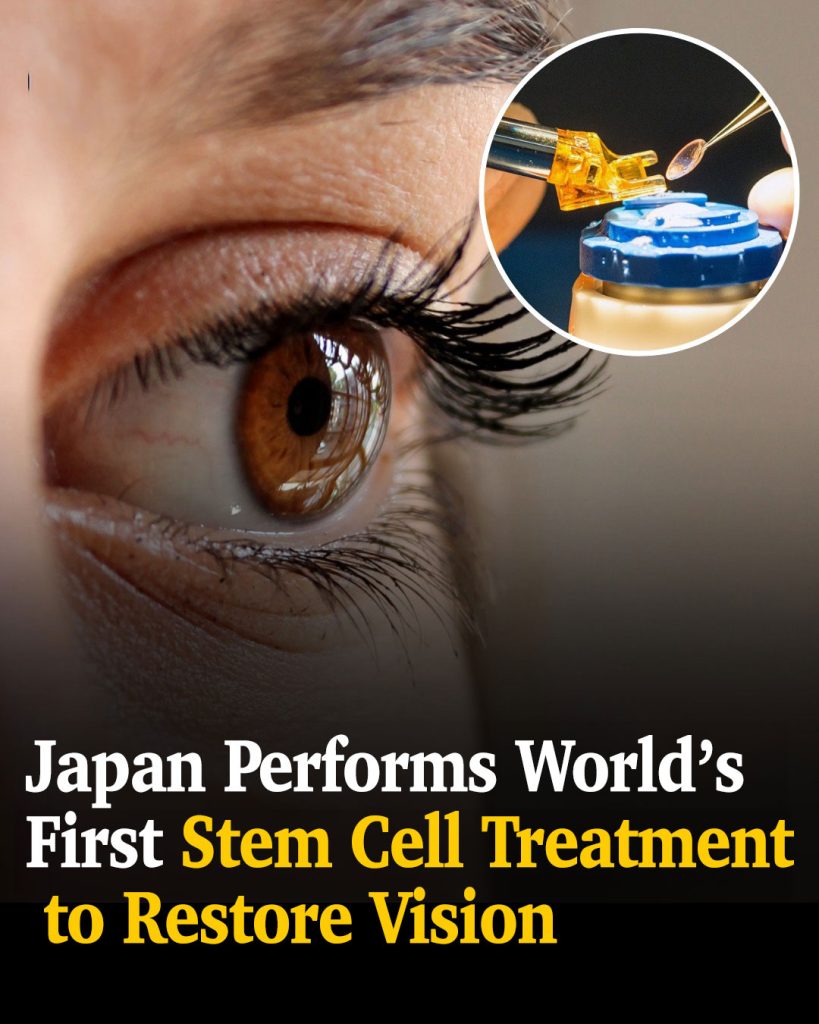
A groundbreaking stem cell transplant has dramatically improved the eyesight of three patients suffering from severe corneal damage. This innovative procedure, conducted in a Japanese clinical trial, marks a major milestone in stem cell research. Two years after the operation, no significant complications have arisen, and all treated corneas appear much clearer.
Understanding the Stem Cell Transplant Study
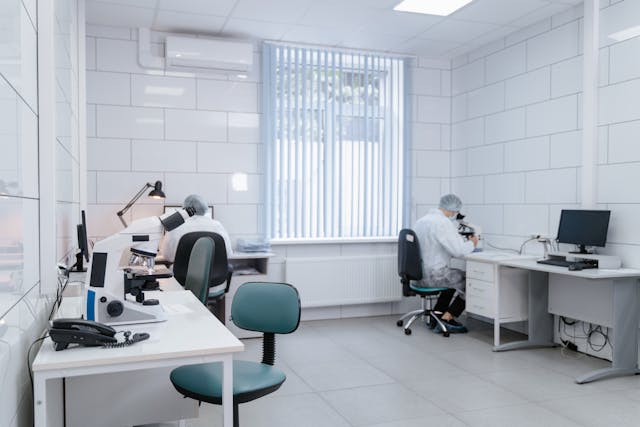
The trial involved four patients diagnosed with limbal stem cell deficiency (LSCD), a condition that leads to corneal scarring. The cornea, often referred to as the eye’s “transparent window,” relies on the limbus, a structure containing essential stem cells that replenish damaged corneal cells. Without these protective stem cells, vision loss becomes inevitable.
Current Treatment Options for LSCD
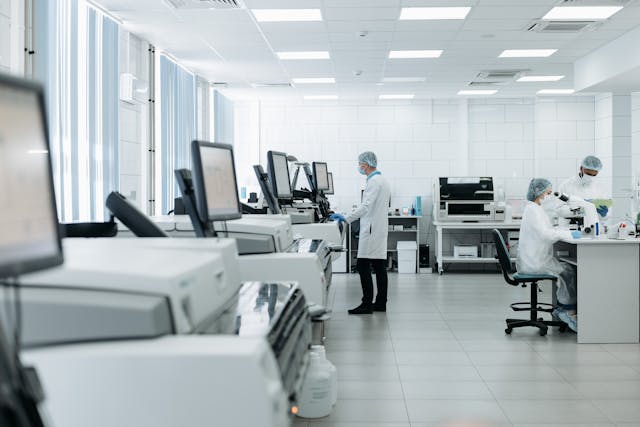
For patients with LSCD in only one eye, surgeons can remove scar tissue and replace it with a healthy corneal segment from the unaffected eye. However, if both eyes are affected, a corneal transplant from a donor is the only option. Unfortunately, only a small fraction of the 12.7 million individuals worldwide with corneal-related blindness have access to transplants, and even those who do face the risk of rejection. This is where induced pluripotent stem cells (iPSCs) offer a potential solution.
The Promise of Induced Pluripotent Stem Cells
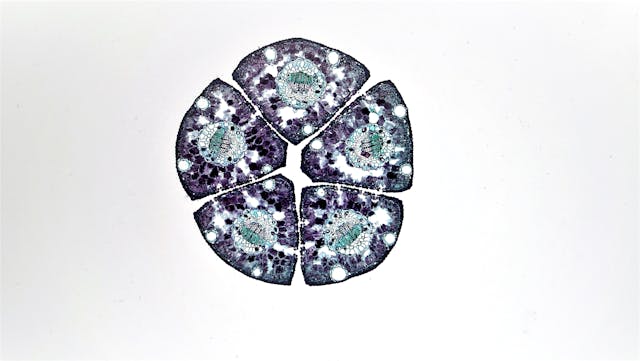
iPSCs are derived from any human cell and reprogrammed to behave like embryonic stem cells. This allows them to multiply indefinitely and transform into any type of adult cell, including corneal cells. In 2023, American researchers successfully used limbal stem cells to restore vision in two patients with corneal damage, with positive results lasting over a year. Building on this, Japanese scientists at Osaka University Hospital took the research a step further by using iPSCs from healthy blood cells to repair damaged corneas. Their findings were published in The Lancet.
The Procedure and Its Impact
Researchers first cultivated iPSCs into corneal epithelial cell sheets in the lab. These sheets were then transplanted onto the corneas of patients after scar tissue removal, followed by the placement of a protective contact lens. Within seven months, all patients showed visual improvement. However, after a year, one patient—who initially had the most severe vision loss—began to experience a decline in eyesight. The most significant improvements were observed in a 66-year-old man and a 44-year-old woman.
Immunological Challenges and Future Prospects
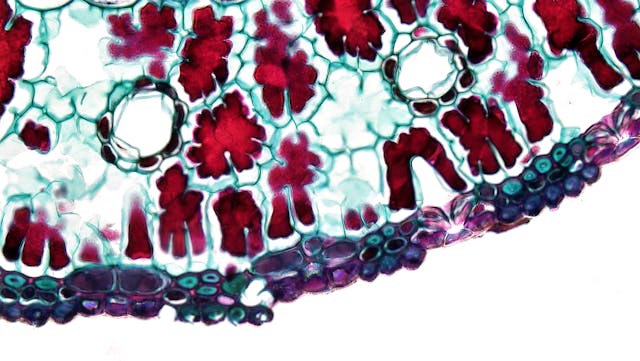
Scientists suspect that an immune response to the transplant may have limited the effectiveness in two of the patients. Unlike traditional transplants, no immunosuppressive drugs were used, apart from steroids. Previously, researchers had successfully used iPSCs from a patient’s own skin to restore vision in cases of macular degeneration, but this is the first time a similar method has been applied to LSCD without using the patient’s own cells.
The Future of Stem Cell Transplants
Despite the promising results, these procedures remain experimental and carry potential risks. Extensive research is still needed to confirm their long-term safety and efficacy. The Japanese research team emphasized the significance of their findings, stating, “To our knowledge, this study provides the first description of iPSC-derived cell constructs being transplanted into or onto patients’ corneas, and it represents a promising future treatment option for individuals with LSCD.” The team now plans a larger, multi-center clinical trial to further explore the treatment’s potential.

